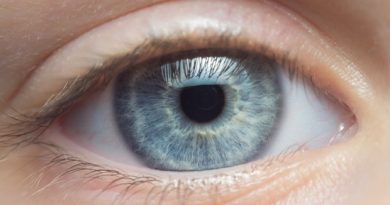AI detects systolic heart failure from wearable devices

Wearable devices often pick up noisy electrocardiograms (ECGs), which can hinder artificial intelligence (AI)-based detection of cardiovascular disease.
In a paper titled, “Detection of left ventricular systolic dysfunction from single-lead electrocardiography adapted for portable and wearable devices,” published in npj Digital Medicine, researchers from Yale Cardiovascular Medicine and Computer Science developed a noise-adapted AI model that can detect left ventricular systolic dysfunction (LVSD) from ECGs obtained by wearable devices.
Yale researchers used 385,601 ECGs for the development of a standard and noise-adapted AI model. To train the noise-adapted model, they augmented ECGs with custom noises in four frequency ranges, each emulating real-world noise sources. Both models performed similarly on standard electrocardiograms. But on tests with wearable device noise, the noise-adapted model detected LVSD significantly better.
Until now, AI diagnostic performance was poorer in real-world wearable ECG data compared to data adapted from 12-lead ECGs acquired in clinical settings. These findings may enable earlier detection of cardiomyopathies through scalable screening tools such as wearable devices.
More information:
Akshay Khunte et al, Detection of left ventricular systolic dysfunction from single-lead electrocardiography adapted for portable and wearable devices, npj Digital Medicine (2023). DOI: 10.1038/s41746-023-00869-w
Journal information:
npj Digital Medicine
Source: Read Full Article



